
- Blog
In der Elektronikindustrie herrscht heute ein anhaltender Trend zum Low-Power-Design und das wird sich wohl auch in näherer Zukunft kaum ändern. Angetrieben wird er unter anderem von den Anforderungen und Leistung und Speicherdichte von mobilen Geräten, bei denen eine Reduzierung des Stromverbrauchs entscheidend ist, um die Akkulaufzeit zu verlängern, ohne dabei die Bandbreite zu beeinträchtigen. Dieser Guide hilft Ihnen, die Herausforderungen von LPDDR4-Design zu lösen.

- Blog
Erweitern Sie Ihren Wissensschatz mit dieser schaurigen Liste von Halloween Tipps für E3.series und CR-8000.
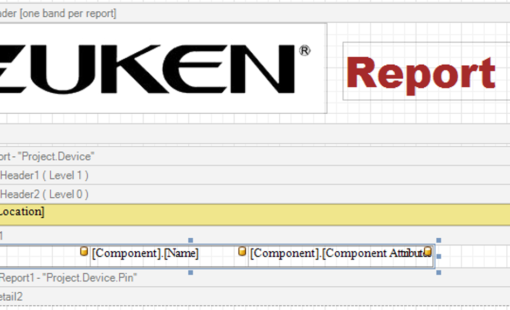
- Blog
Erfahren Sie, wie Sie mit dem neuen kostenlosen Tool E3.ReportGenerator in wenigen Schritten einen kundenspezifischen Report erstellen können.
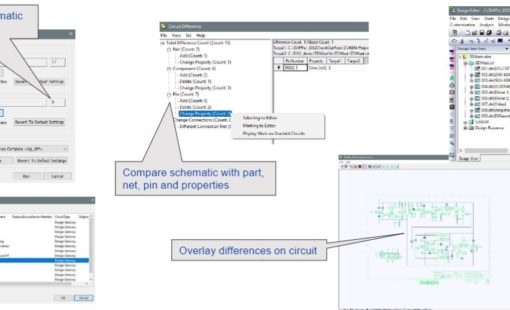
- Blog
Haben Sie schon einmal versucht, sich daran zu erinnern, was sich zwischen den einzelnen Versionen eines Designs geändert hat, und mussten dann eine mühselige Überprüfung der beiden Designs machen? Mit den Vergleichsfunktionen in DS-CR lassen sich selbst die kleinsten Änderungen oder unbeabsichtigte Abweichungen zwischen verschiedenen Bearbeitungsständen eines Leiterplattendesigns schnell erkennen.

- Blog
When we use design tools we look for tool tricks to help us get the job done in less time and with less manual work. Reducing redundancy or removing unnecessary steps in our tasks are excellent ways to achieve that goal. However, when learning how to use a new design tool those useful tricks aren’t always discovered in the learning process.

- Blog
A great product starts with a great idea and often the pillars of its success are closely related to the design and manufacturing teams. The efficiency of the design to manufacturing process directly corresponds to the profitability and therefore a schematic for an electrical design must be accurately documented and annotated. The Drawing Notes Manager add-on for E3.series aims to make documenting notes and annotations an error-free automated process.
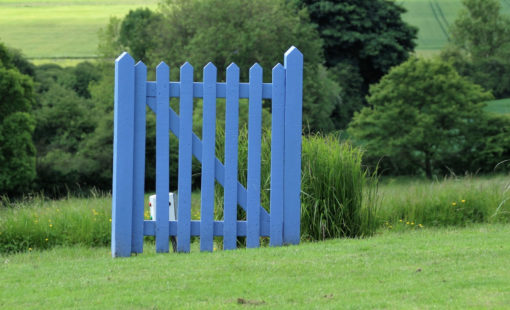
- Blog
Follow along with this step-by-step video and learn how to import DXF data into the CR-8000 Design Gateway symbol editor.

- Blog
This tech tip explains how to create automatic bill of materials (BOM) and connection or wire list reports. E3.series has the built-in capability to generate these reports, and users can choose to either create standalone reports in Excel format for use with other applications or build the reports into their current E3.series projects as additional sheets.
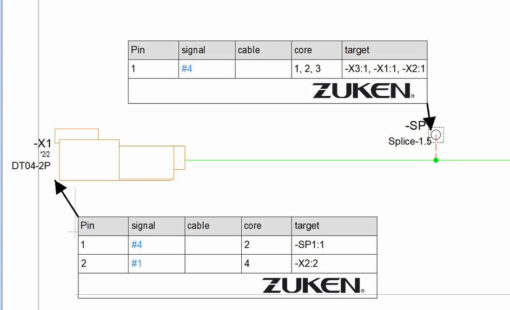
- Blog
In E3.series 2018, table symbols are now supported for all devices on formboards. Now when you select any device on the formboard, you’ll find the command Place Table Symbol is now in the context menu.
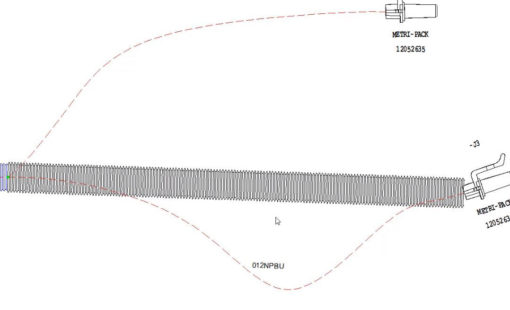
- Blog
One of the new features in E3.series 2018 is the ability for users to create their own line and application fonts. The advantage to this is now users can create completed graphics such as spiral tape and corrugated tubing, which will follow the curvature of a segment on a formboard. These line fonts can be defined for any graphic entity in E3.series.
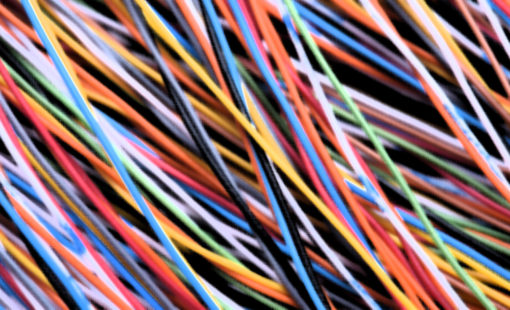
- Blog
The video below explains the different methods of renaming your wires in an E3.series, either while adding them or after they’ve been added to your project. It includes setup instructions for each method.

- Blog
E3.series provides a tool to export components and symbols from one database and import them into another database of the same version.

- Blog
I am going to tell you about a feature in E3.series that allows you to rename all the components in your project – no matter how many pages you have – at one time. The video below will show you how easy it is to use this feature to save time.

- Blog
In this video, we’ll walk through the process of creating an attribute list of values for a specific attribute. This makes it extremely easy to select a value from a pulldown instead of wondering if you have the correct syntax for a given value. Using the list feature ensures a constant and correct value entry.
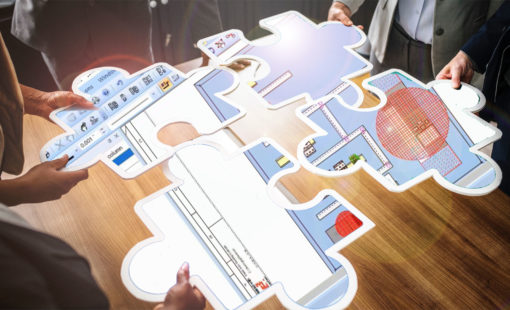
- Blog
This tip explains how to use Panel Autoconnect to define wire lengths in E3.series. After a schematic is defined and units are placed in E3.panel, Panel Autoconnect finds the shortest path for the connections defined in the schematic. If units are moved in panel, the length information is updated across modules, allowing users to optimize the enclosure to minimize wire lengths.

- Blog
This video demonstrates the process of changing a device from inside a circuit in E3.series. Whether you choose to make the change from the schematic, the wiring diagram or the device tree, selecting and updating a component automatically updates all instances of it within your project.